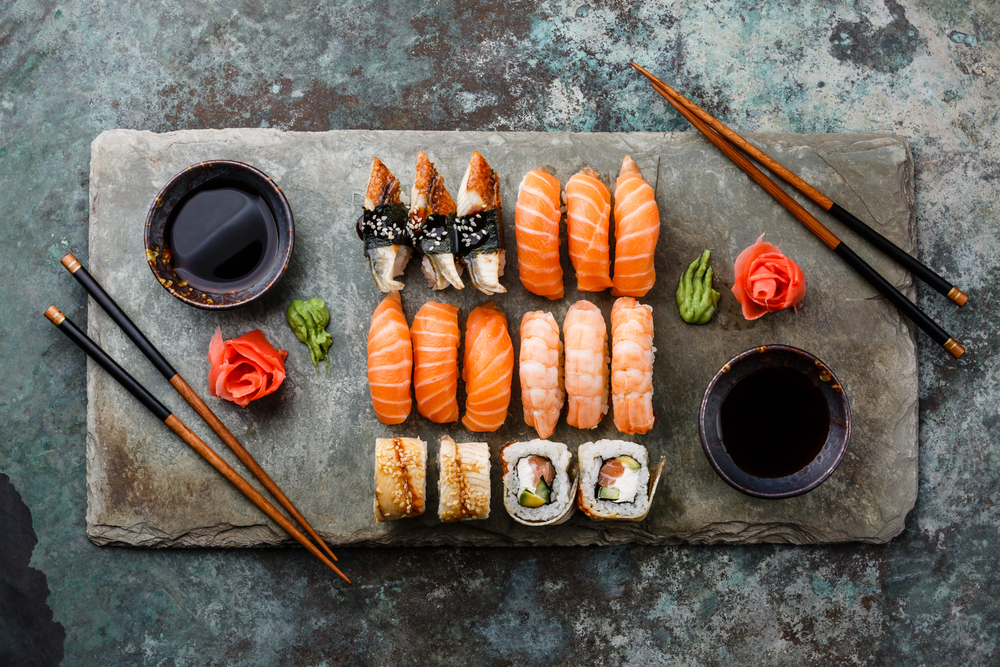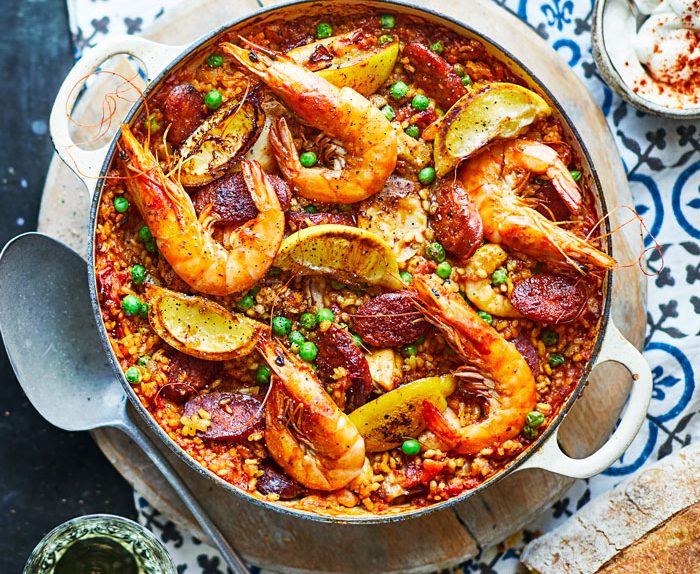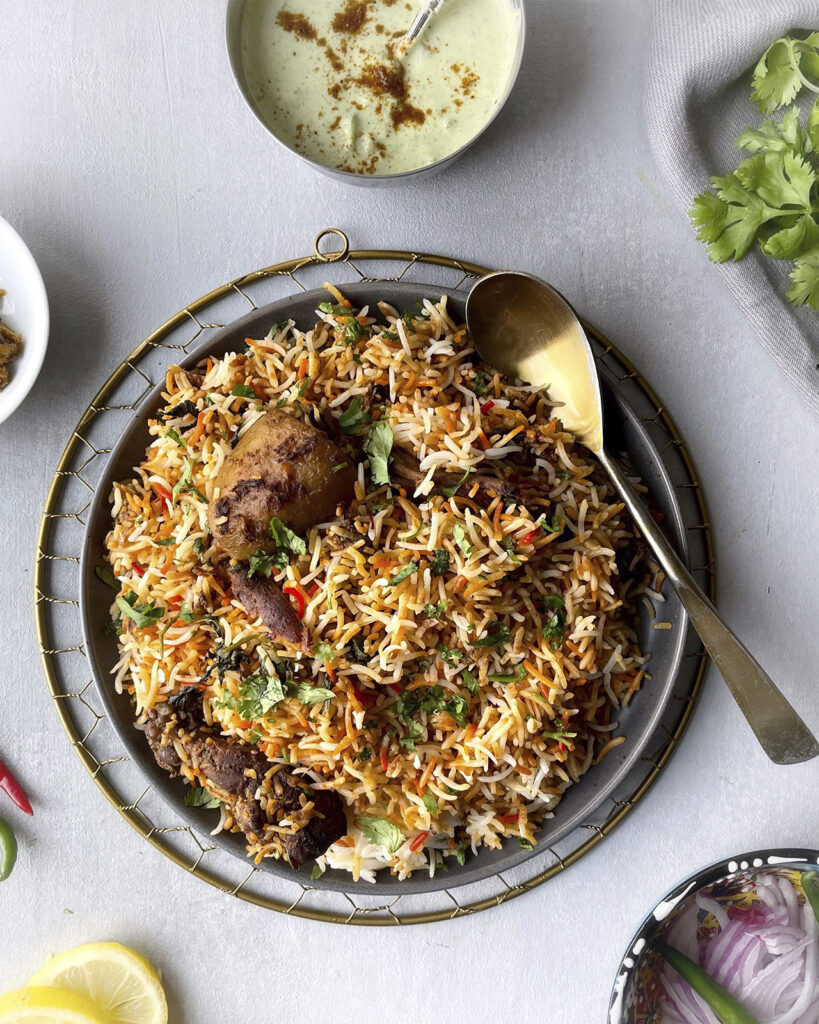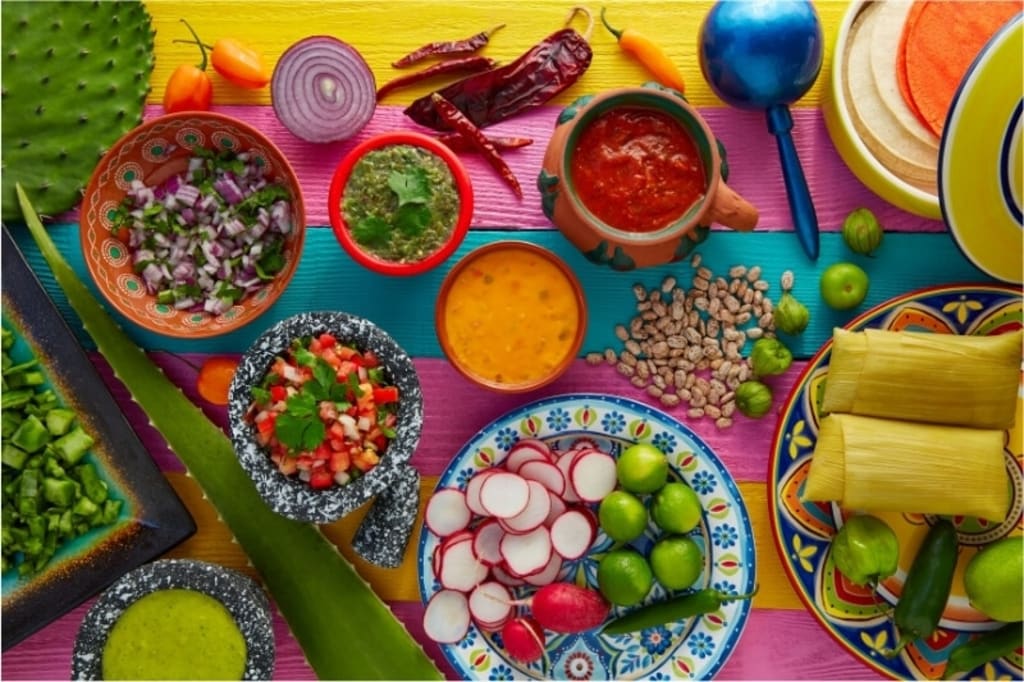Food is a universal language, and each dish tells a story about its origins, cultural significance, and culinary artistry. From globally cherished staples to regional specialties, the diversity in food reflects the richness of human experience. In this blog, we’ll delve into five distinct types of food, exploring their history, unique characteristics, and why they stand out on the culinary map.
1. Sushi: Japan’s Artful Culinary Tradition
Overview
Sushi is a celebrated Japanese dish known for its delicate balance of flavors and textures. It typically consists of seasoned rice combined with raw fish, vegetables, and sometimes other ingredients. Sushi’s elegance lies in its simplicity and the quality of its ingredients.
Popular Varieties
- Nigiri: Hand-formed rice topped with a slice of raw fish or seafood.
- Sashimi: Thinly sliced raw fish or seafood served without rice.
- Maki Rolls: Sushi rolls wrapped in seaweed (nori) and filled with various ingredients like fish, vegetables, and rice.
Pros
- Nutritional Benefits: Sushi provides a healthy balance of proteins, omega-3 fatty acids, and essential vitamins, particularly when made with fresh fish and vegetables.
- Artistic Presentation: Sushi is often beautifully presented, showcasing the chef’s skill and attention to detail.
- Variety: There is a wide range of sushi options to suit different tastes and dietary preferences, including vegetarian and cooked varieties.
Cons
- Raw Ingredients: Some people might be hesitant about consuming raw fish due to concerns about freshness and safety.
- Acquired Taste: Certain ingredients, like seaweed and pickled vegetables, might not appeal to everyone.
- Cost: High-quality sushi can be expensive, particularly when dining at top-tier establishments.
Cultural Significance
Sushi is not just a dish but a part of Japanese culture and tradition. The meticulous preparation and presentation reflect the Japanese values of craftsmanship and aesthetics. Sushi bars often emphasize the importance of fresh, high-quality ingredients and skilled technique.

2. Paella: Spain’s Iconic Rice Dish
Overview
Paella is a traditional Spanish dish that originated in Valencia. It’s a vibrant rice dish known for its bold flavors and colorful presentation. Paella can vary widely depending on the ingredients and regional influences, but it typically features a base of saffron-infused rice.
Popular Varieties
- Paella Valenciana: The traditional version includes rabbit, chicken, green beans, and sometimes snails, with a rich saffron flavor.
- Seafood Paella: A popular variation featuring a mix of seafood such as shrimp, mussels, clams, and squid.
- Vegetarian Paella: A plant-based version loaded with a variety of vegetables and legumes.
Pros
- Flavorful and Hearty: Paella’s combination of saffron, spices, and various proteins or vegetables creates a rich and satisfying dish.
- Customizable: It can be adapted to include a wide range of ingredients, catering to different tastes and dietary preferences.
- Social Aspect: Traditionally served in large pans, paella is often enjoyed in communal settings, making it perfect for gatherings.
Cons
- Preparation Time: Making a traditional paella can be time-consuming and requires careful attention to achieve the perfect texture and flavor.
- Complexity: The dish involves several steps, from cooking the rice to achieving the desired socarrat (crispy bottom layer), which might be challenging for beginners.
- Ingredient Availability: Some ingredients, especially seafood or specialty spices, may not be readily available in all regions.
Cultural Significance
Paella is a cornerstone of Spanish cuisine and culture, symbolizing the communal spirit of Spanish meals. It reflects regional ingredients and traditions, with each variation showcasing local flavors and cooking techniques.

3. Dim Sum: Cantonese Culinary Delights
Overview
Dim Sum is a collection of small, flavorful dishes served in bite-sized portions, traditionally enjoyed as part of a brunch or tea service in Cantonese cuisine. The variety and presentation of dim sum make it a delightful experience for both the eyes and the palate.
Popular Varieties
- Dumplings: Steamed or fried dough parcels filled with ingredients such as pork, shrimp, or vegetables.
- Baozi: Soft, fluffy buns filled with savory ingredients like pork or chicken.
- Spring Rolls: Crispy rolls filled with a mixture of vegetables or meat, often served with dipping sauce.
Pros
- Variety: Dim Sum offers an array of options, allowing diners to sample a wide range of flavors and textures in one meal.
- Social Experience: Dim Sum is often served in a communal style, encouraging sharing and conversation among diners.
- Customizable: There are options to suit various dietary needs, including vegetarian and gluten-free dishes.
Cons
- Preparation Complexity: Making dim sum requires skill and patience, particularly for intricate items like dumplings and baozi.
- Timing: Dim Sum is best enjoyed fresh and hot, which can be challenging if you’re ordering takeout or have limited access to authentic dim sum eateries.
- Overwhelming Choices: The wide variety of dim sum dishes can be overwhelming for those unfamiliar with Cantonese cuisine.
Cultural Significance
Dim Sum is an integral part of Cantonese culture, often associated with social gatherings and family meals. It reflects the Cantonese culinary tradition of balancing flavors and textures, and the tradition of enjoying leisurely meals with friends and family.

4. Biryani: The Aromatic Rice Dish from South Asia
Overview
Biryani is a fragrant rice dish that has its origins in South Asia, particularly in India and Pakistan. It’s a layered dish featuring spiced rice, marinated meat or vegetables, and often garnished with fried onions and fresh herbs.
Popular Varieties
- Hyderabadi Biryani: Known for its bold flavors and use of saffron, this version includes marinated meat and aromatic rice layers.
- Lucknowi Biryani: A milder, more subtle biryani with delicate spices and tender meat, often cooked using the dum (slow-cooking) method.
- Vegetarian Biryani: A plant-based version that includes a mix of vegetables, legumes, and spices, offering a rich and satisfying alternative.
Pros
- Flavorful and Aromatic: Biryani is known for its rich blend of spices, which create a complex and aromatic dish.
- Versatile: It can be made with a variety of ingredients, including meat, seafood, or vegetables, catering to different dietary preferences.
- One-Pot Meal: Biryani is a complete meal in itself, combining protein, vegetables, and carbohydrates in one dish.
Cons
- Time-Consuming: Preparing biryani involves multiple steps, including marinating, layering, and slow cooking, which can be time-intensive.
- Spice Level: The dish can be quite spicy, which might not suit everyone’s taste.
- Caloric Density: Biryani can be high in calories and fat, particularly when made with generous amounts of oil and meat.
Cultural Significance
Biryani holds a special place in South Asian cuisine, reflecting the rich history of trade and cultural exchange in the region. It is often served during festive occasions and celebrations, symbolizing hospitality and culinary tradition.

5. Cheese Fondue: A Swiss Delight
Overview
Cheese fondue is a Swiss dish that involves melting cheese in a communal pot, which is then served with bread, vegetables, and other dippable items. It’s a warm, comforting dish that encourages sharing and interaction.
Popular Varieties
- Traditional Fondue: Made with a blend of Swiss cheeses like Gruyère and Emmental, combined with white wine and garlic.
- Chocolate Fondue: A sweet variation made by melting chocolate, often enjoyed with fruits, marshmallows, and other sweet dippers.
- Savory Variations: Some fondue recipes incorporate additional flavors, such as herbs, spices, or liqueurs.
Pros
- Interactive Dining: Fondue encourages a communal dining experience, allowing everyone to participate in the meal.
- Customizable: You can adjust the cheese blend or chocolate type to suit your taste preferences and dietary needs.
- Comforting: The rich, melted cheese or chocolate provides a warm, indulgent treat that is perfect for cozy gatherings.
Cons
- Messy: Fondue can be a bit messy, with melted cheese or chocolate potentially spilling or dripping.
- Caloric Content: Both cheese and chocolate fondue are calorie-dense, which might not align with health-conscious eating habits.
- Equipment Required: Traditional fondue requires specific equipment, such as a fondue pot and forks, which might not be readily available.
Cultural Significance
Cheese fondue is a quintessential Swiss dish, embodying the country’s tradition of hearty, communal meals. It reflects the Swiss love for cheese and the cultural importance of shared dining experiences.

Conclusion
These five types of food—Sushi, Paella, Dim Sum, Biryani, and Cheese Fondue—each offer a unique glimpse into the culinary traditions of their respective regions. From the refined artistry of sushi to the communal warmth of cheese fondue, each dish tells a story of culture, tradition, and flavor. Exploring these foods not only enriches our palates but also deepens our appreciation for the diverse




